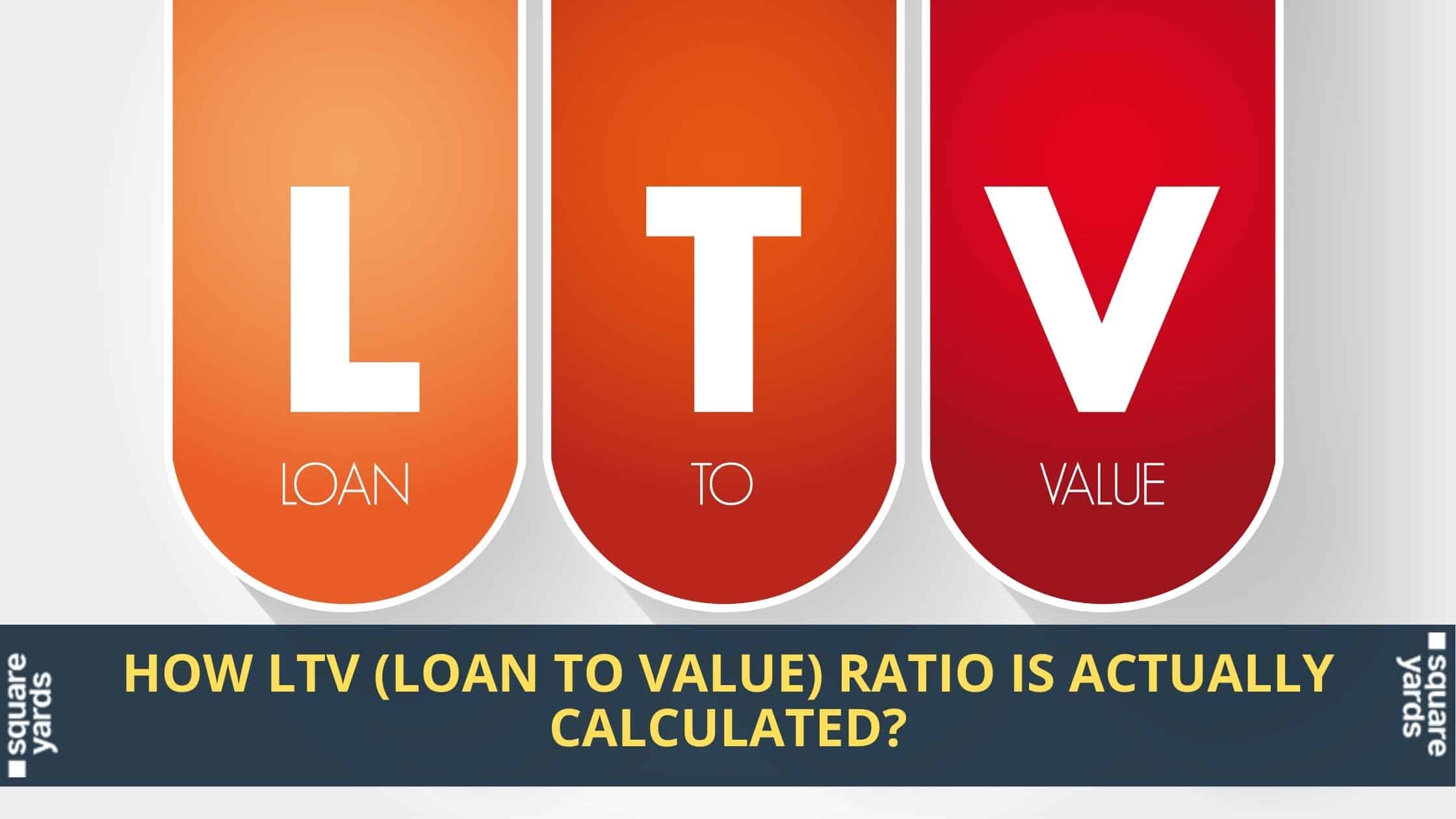Loan-to-Value (LTV) is calculated on the basis of several parameters. It is a crucial part of the home loan sanctioning and processing mechanisms. Here’s understanding LTV in detail as far as potential borrowers are concerned.
Loan-to-Value (LTV) is one of the factors which form the basis of sanctioning loans at most financial institutions in the country. The LTV is a major factor behind mapping eligibility for home loans of regular borrowers. How do you decode this loan to value (LTV) ratio? Here are some pointers worth noting.
Key Things to Know About Loan To Value (LTV)
- LTV is the ratio of the loan amount to the value of the property.
- It is the percentage of the value of the property that the bank or NBFC will sanction to you as the home loan.
- You can also phrase it as the proportion of the value of the property that the bank or NBFC is willing to finance.
- LTV is one of the tools for risk assessment that are used by financial institutions since home loans usually involve bigger amounts.
- If the LTV is around 80% for the financial institution as per its current regulations, then it will be sanctioning 80% of the value of any property that is assessed, as the home loan amount.
- You should note a fact carefully that the financial institution will not the sale value to be the same as the value of the property. Once it processes your application for the home loan, it will dispatch its expert team for visiting the property and work out a fair valuation likewise.
- The bank will only take this value as the actual one for lending and provide a specific percentage of the same as the loan amount.
- LTV stands at 80% for most financial institutions in the country. Based upon the borrower’s credit profile and other factors, this may sometimes go up to 90% as well. The LTV ratio of the financial institution will naturally determine the final down payment that the borrower will have to shell out for his/her purchase.
LTV Calculation Aspects with Examples
The loan-to-value ratio formula that you should keep in mind is the following-
LTV Ratio = The value of the property or the borrowed loan amount x 100.
Suppose Mr. X is purchasing a real estate unit which is priced at Rs. 1 crore. A financial institution that is willing to give Mr. X a loan of Rs. 80 lakh will have an LTV of 80% while a financial institution which has an LTV of 90% will be willing to give him a loan of Rs. 90 lakh.
Suppose Mrs. C is buying a property for a sum of Rs. 50 lakh in her city and this is a resale unit. She may apply for a home loan of Rs. 40 lakh from the bank since she has saved up Rs. 10 lakh for the down payment (20%) and knows that 80% is what banks or NBFCs usually provide as the home loan amount. However, upon inspection of this resale property, the financial institution comes back and reports that the fair market value stands at only Rs. 40 lakh for the property and not Rs. 50 lakh which is the actual price that Mrs. C is paying for purchasing this property.
Since LTV is 80% for the financial institution in this case, Mrs. C will get the loan of Rs. 32 lakh only from the financial institution. She will have to provide a higher sum of Rs. 18 lakh as the down payment if she agrees to the selling price of Rs. 50 lakh. However, she can also switch to another lender with a higher LTV of 90%. If that happens, then she may get a loan amount up to Rs. 36 lakh if the assessed property value stays the same.
The Relationship Between Home Loan Eligibility and LTV
The LTV ratio is kept at a lower level by financial institutions for safeguarding themselves against any possible defaults. Buyers investing lesser money into a property will have a higher likelihood of defaulting on paper. Financial institutions are more amenable towards lending money to those borrowers who have considerable savings and the ability to make a larger down payment. The RBI (Reserve Bank of India) has also spelled out its guidelines, stating that the LTV ratio can be 90% for properties which are worth lower than Rs. 30 lakh.
This has been tailored to encourage affordable housing in India. LTV is also higher at financial institutions for staff members of banks along with those home buyers who are buying property in any project where the bank is a partner as well. LTV may be roughly 80% for loan amounts between Rs. 30-75 lakh while it is usually 75% for loans higher than Rs. 75 lakh.
In case of loans between Rs 30 lakhs and Rs 75 lakhs, the LTV ratio can go up to 80%. For loans above Rs 75 lakhs, the required LTV ratio is 75%.
Some Other Things That You Should Remember
- LTV ratio is a crucial parameter for analyzing the borrower’s risk profile.
- The higher this ratio, the higher will be your interest rate owing to perceptions of greater risks. The lower your LTV, the lower will be your interest rate and monthly EMI as a result.
- A higher LTV ratio also means paying for home loan insurance. This cost may be roughly 0.5-1% of the total amount annually.
- This will naturally increase the monthly EMIs payable.
- LTV ratio is used by lenders for final approval of the home loan and risk evaluation.
- The property value may steadily appreciate over a period of time. Hence, you can take options for refinancing your loan from another lender at a lower rate of interest or to get a top-up on the original loan. Whenever you go for refinancing, the LTV ratio plays a crucial role. LTV of 80% or less will help you get better terms and conditions along with lower rates of interest during refinancing or balance transfer.
- The higher your LTV, the lesser your equity in the home and vice versa.
Hence, the thumb rule for any borrower is to try and pay 20% of the value of the property at least as the down payment. This will keep the LTV ratio at a healthy level, giving you better interest rates and other terms and conditions. Save up for a bigger down payment or buy an affordably priced property in order to keep the LTV ratio at a lower threshold.




































